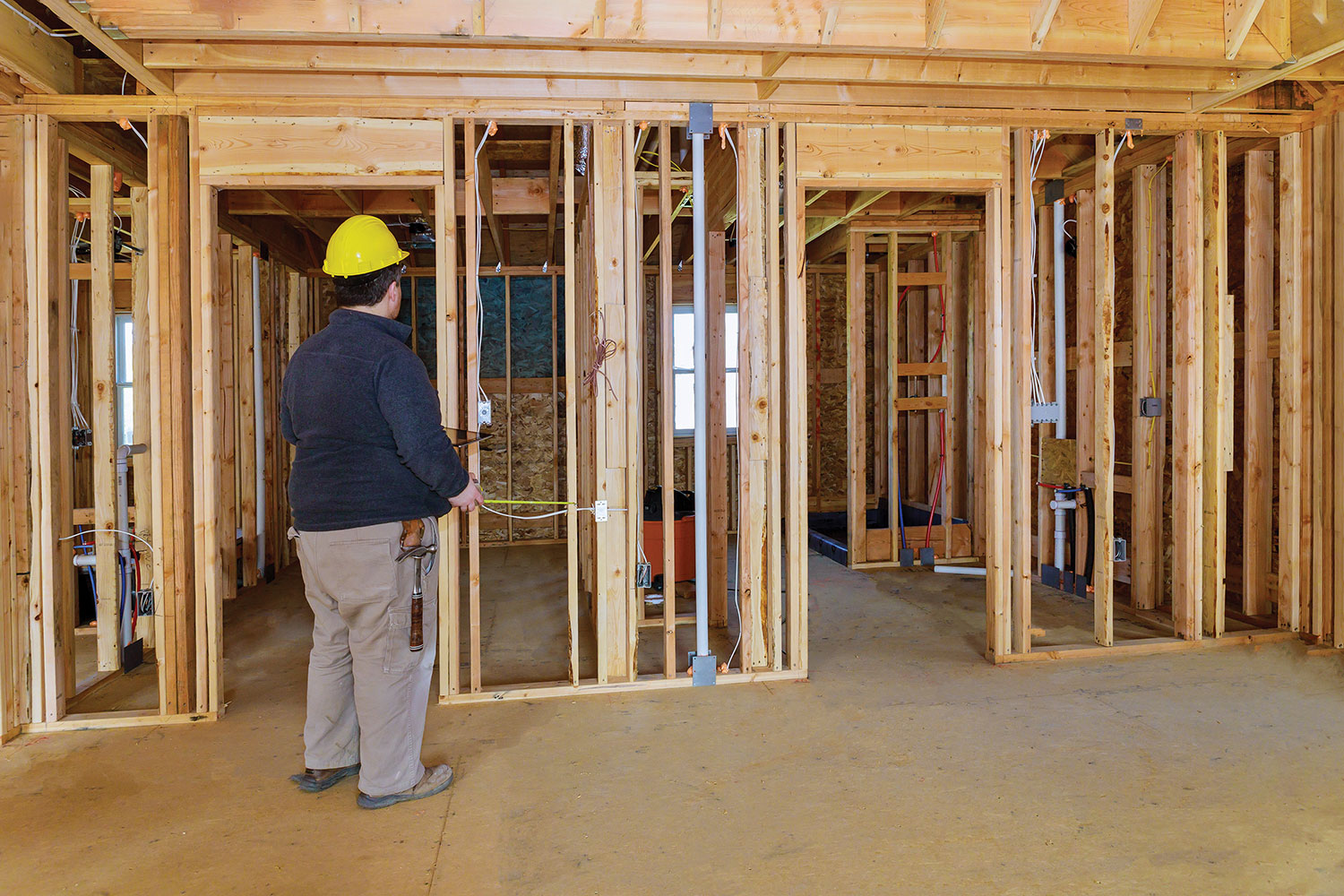NFPA 70, National Electrical Code® (NEC®), is the industry standard for providing our world with safe electrical systems that, if installed and used correctly, will provide the power we need and keep us safe from the dangers that inherently accompany electricity. However, in order for the NEC to keep us and our property safe, those installing our systems must at least meet or exceed the requirements within the NEC. Inevitably, this means that it is likely that at least once in the process, some form of calculation must be performed. Whether we are calculating what size service a building will need, determining the ampacity of our conductors for delivering the power to where we need it, or simply trying to figure out how many receptacle outlets are needed on our kitchen countertop island, chances are you will have to perform some sort of calculation in order to apply the requirements of the NEC and provide that installation that safeguards people and property from the hazards that arise from the use of electricity.
Let’s start by taking a look at the process of load calculations since this is a step that must be taken prior to a single raceway, conductor, or box being installed. After all, until you know what equipment is needed, how are you supposed to know what to install? This is where Article 220 of the NEC comes into play. The values determined by the requirements in Article 220 are what sets the stage for the entire electrical system in the building. It would be safe to say that a firm understanding of how Article 220 works is important for the system designer to have. At the very basic level, Article 220 can be broken down into two approaches: branch circuits and non-branch circuits.
Starting with branch circuits, let’s break these down into branch circuits that we know the load value for and for those we don’t. For the most part, when calculating the load for equipment that we know will be installed, we can simply use the value provided from the equipment manufacturer as the load we will use. For example, if we will be installing a 5000W heater in the garage bay of a major service center that works on automobiles, we pretty much know that we will need to have a circuit that is capable of supplying the equipment. Other requirements, such as 210.19, may require the branch circuit to have a rating larger than the 5000W, but we know that we must at least supply what the heater is rated for.
The other option for sizing branch circuits applies to when we don’t know the exact load to be connected. General lighting and convenience-type receptacle outlets tend to fall into this category. This is a question that comes up in conversation quite often. How can we know what size circuit we need if we don’t know what will get connected down the line? Article 220 often handles these cases by assigning a unit load either based on the number of devices/equipment or based on the building’s square footage. Dwelling units are a prime example of this practice since it is very common for the installer/designer to have no idea what will get connected in the long run. Therefore, the general lighting and receptacle load is calculated at 3 VA per square foot. This allows the service to be configured so that there is enough capacity to handle most of what will be connected within the dwelling.
Once we have determined what the branch circuit load will look like, it is time to address exactly what that will look like at the feeder and service level. The simple approach is just to add up all of the branch circuit loads and get a total value, and, in some cases, this is what gets done. However, this is not always necessary. Take, for instance, the range load in a 100-unit apartment building. Each apartment is likely to contain a range that is probably somewhere in the 8-12 kW ballpark, so let’s split the difference here and call it 10 kW in each apartment. If we just added these ranges up and required the service to have the resulting capacity, we would need excessively large services for buildings like this. Just the range load alone here would be one million watts! On a 208Y/120V three-phase service that would be nearly 3000 amps to supply the ranges, and by the time we factor in heat and lighting and the rest of the loads found in an apartment, we would be installing medium voltage services with substations to be able to feed that load. However, this is not the case. What we are allowed to do is account for the fact that not all of the load will be on at the same time. This load diversification allows us to apply demand factors for certain equipment in certain occupancies. Our range example falls squarely into this load diversification conversation as it is very highly unlikely that every range will be on at full blast at the same time. Table 220.55 gives us guidance and would allow us to utilize a demand of 25 kW + ¾ kW per range, which would equal 25 kW + .75 kW (100 ranges) = 25 kW + 75 kW = 100kW. This is 10 percent of what we got by simply adding the loads together.
Other examples of equipment that might play into load diversification could include general lighting in dwellings, receptacle outlets in an office building, and non-dwelling unit kitchen equipment. There is also the permission to address loads that are unable or unlikely to be in operation at the same time by considering them as non-coincident loads. If we have equipment that can be considered as a non-coincident load, we are allowed to only account for the larger of the non-coincidental loads. For example, heating and cooling equipment are usually not being run at the same time. If one is 5kW and the other is 8kW, we can drop the 5kW value from the service calculation altogether since it will not be running when the 8kW load is running, and vice versa. Therefore, only the larger of the non-coincident loads are required to be counted. Although, keep in mind that language was added in the 2020 edition of the NEC to state that if the largest motor load is involved in the non-coincident load discussion, we must be making the comparison using the largest motor load at 125 percent since that is what would be added to the service load. If 125 percent of the largest motor is still the smaller of the two non-coincident loads, it can be disregarded in the service calculation.
Fully understanding Article 220 can help alleviate much confusion down the line. It can even be used to better position yourself in a competitive bidding situation. I have personally seen jobs awarded because the winning bidder had a better understanding of how the NEC allows the application of demand factors at the service and feeder levels in the system. However, whether you are placing a bid on a new project or you are brand new to installing electrical equipment, Article 220 is often where our journey starts. Keep in mind though, that this is just one part of the many different calculations we will find throughout the NEC. Conductor ampacity, motors and transformer OCPD requirements, and raceway and enclosure fill are other common calculations that require having a firm understanding (and can lead to a better understanding) of the requirements within the NEC that are aimed at protecting the world from electrical hazards. Possessing the knowledge of how to perform these calculations puts us on the front line of providing this protection.















Find Us on Socials